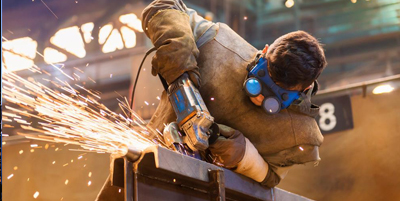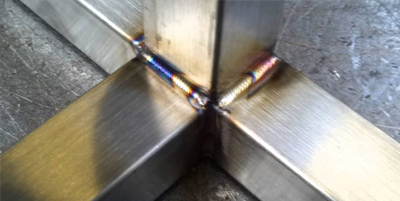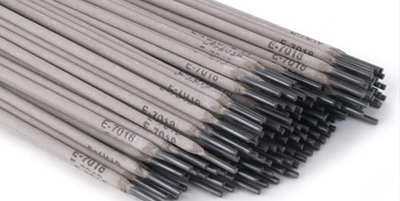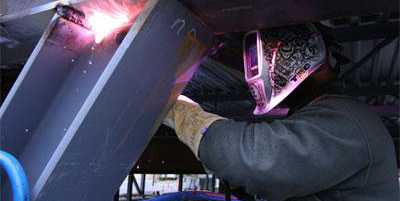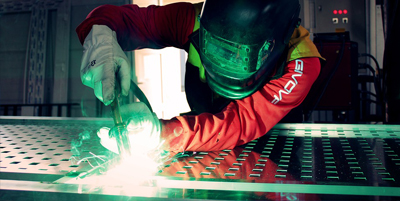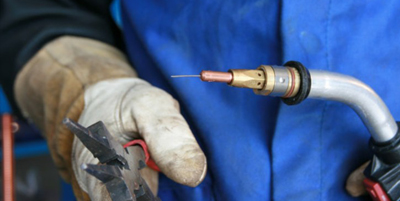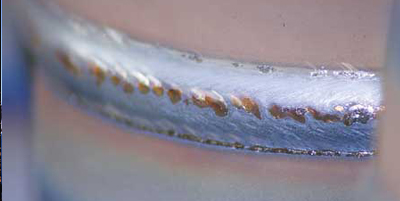28May
28May
Low-Hydrogen Stick Electrodes: Getting to the Basics
Stick welding is one of the most common welding process. Materials used for structural applications have continued to lend themselves readily to the process, making stick electrodes a prominent choice. Stick electrodes provide the chemical properties necessary for such applications, along with the low hydrogen levels...
28May
New BlueFX and ViewFX Helmets
Professional Welding Helmets at an Affordable Price Offering protection, comfort and performance, all at an affordable price, WIA’s new BlueFX and ViewFX welding helmets are packed with exceptional features, coupled with excellent reliability, value for money and WIA's renowned warranty. The new BlueFX Auto-Darkening helmet has been...
28May
How to Fix 8 Common Welding Problems with these Easy Steps
Welding is defined as a process where two or more pieces of metal or thermoplastics are fastened together by use of heat and pressure. The process of welding that is used depends on a variety of factors but the form and thickness of the material...
28May
Austarc 16TC – Why It’s Australia’s Best Selling Electrode
With so many electrodes on the market, selecting the right one for the job can be challenging. Choosing poorly can result in increased spatter levels, cracking and an overall problematic welding technique. Welding Industries of Australia’s (WIA) Austarc 16TC, Australia’s number one best-selling electrode, features reduced...
28May
Understanding Deoxidizers in Filler Metals
While they make up only a small part of the upfront cost in a welding operation, filler metals are a key component in achieving high quality and productivity — and they can significantly impact the bottom line. Which filler metal is best for an application depends...
28May
Miller Digital Elite Auto-Darkening Welding Helmets
Exclusive X-Mode Technology! With so many different welding helmets on the market, selecting a welding helmet isn’t always easy. If you’re a professional welder and serious about welding protection, performance and comfort, there are a few things to look for. Not all welding helmets are the same....
28May
Eight Tips for Creating a Good Weld
Eight tips for creating a good weld It’s important to know the basic principles to creating a safe, strong and clean weld. Mathew Hefferan, Field Applications Specialist at Welding Industries of Australia (WIA) shares his top eight tips to create a good weld. 1. Safety Make sure you have...
28May
Avoiding Common Flux-Cored Wire Problems
Like every other welding process, flux cored welding comes with some challenges, but with some know-how and a bit of practice, you can prevent some of the common problems and gain the weld quality you need. To help we’ve put together some tips associated with common...
28May

